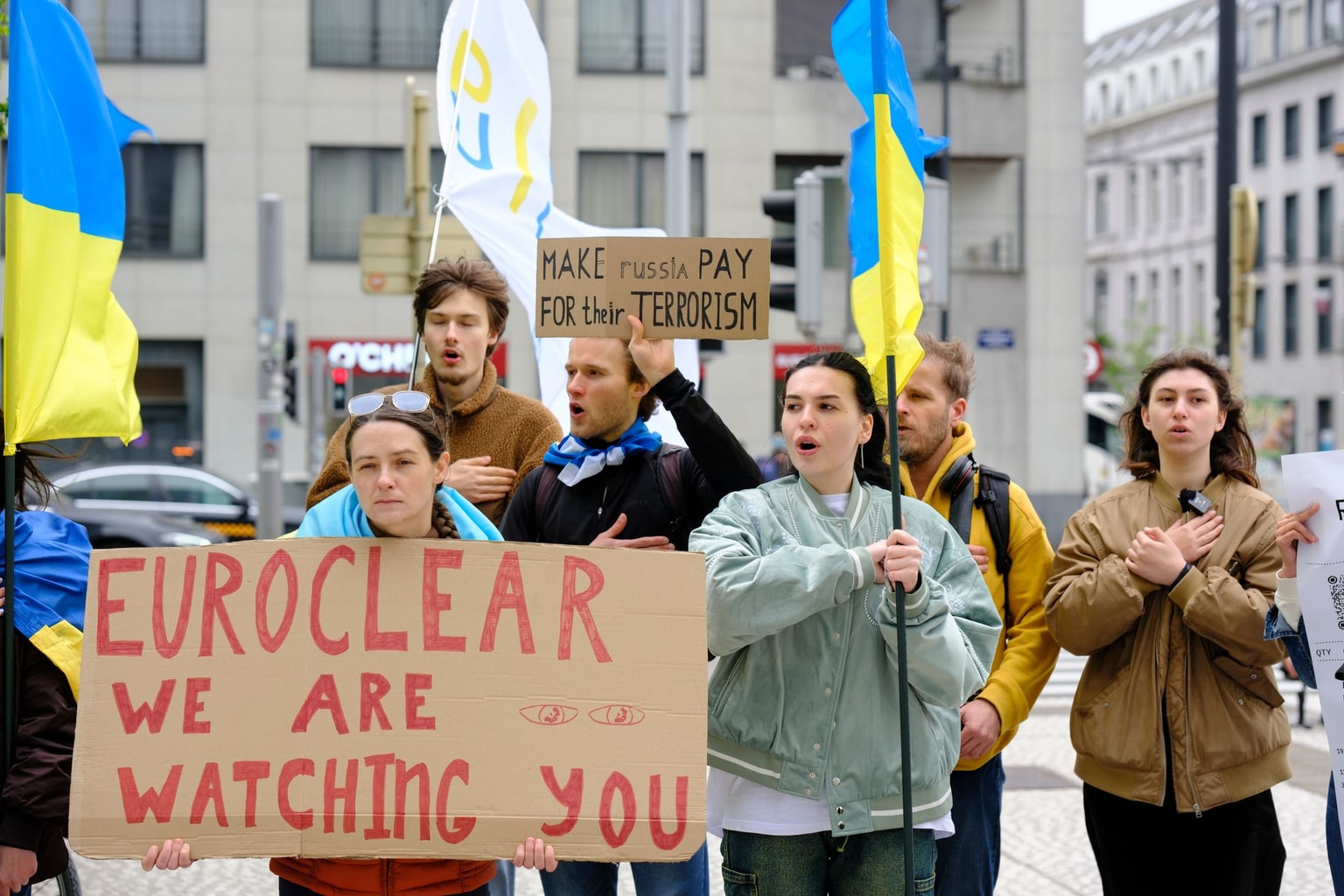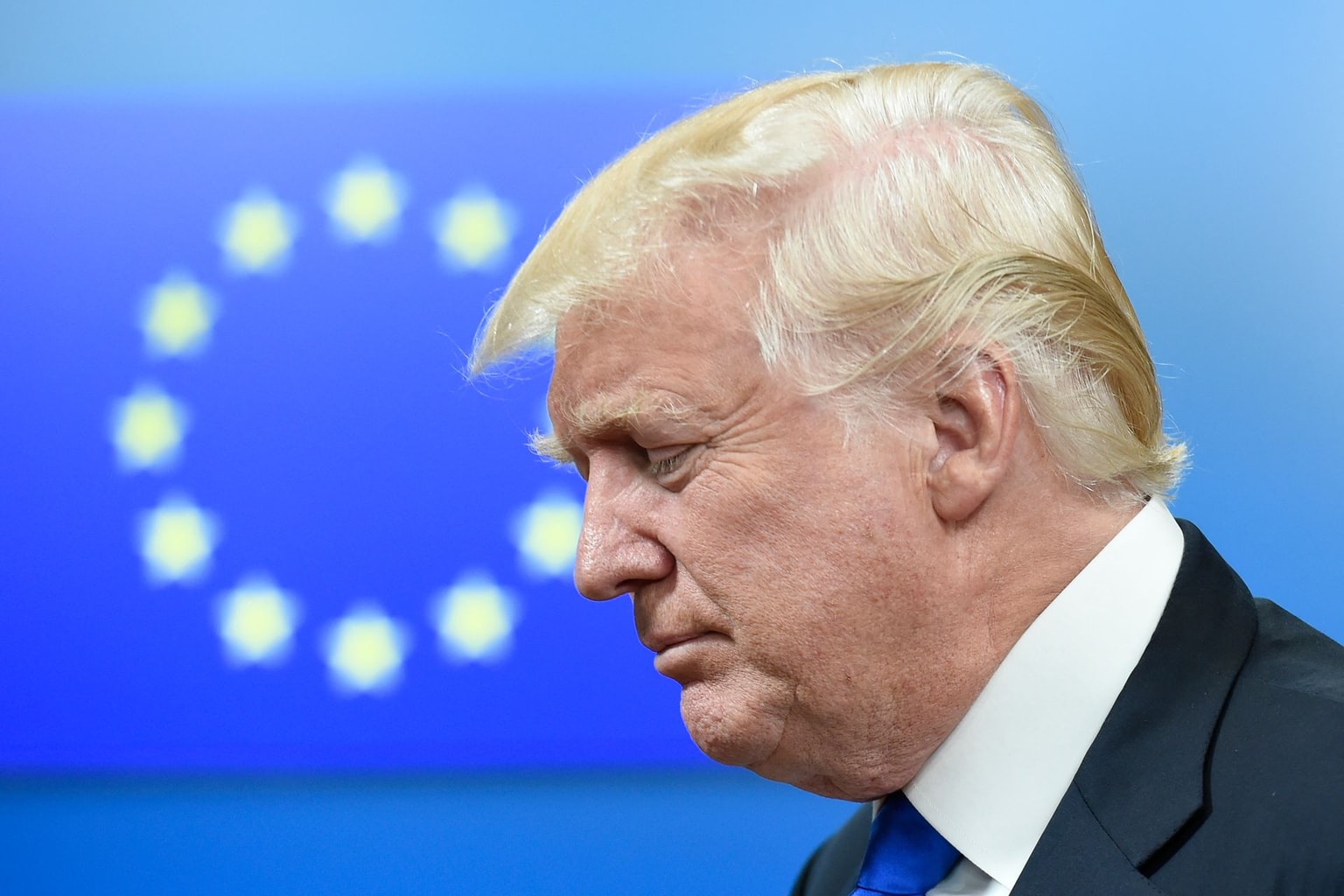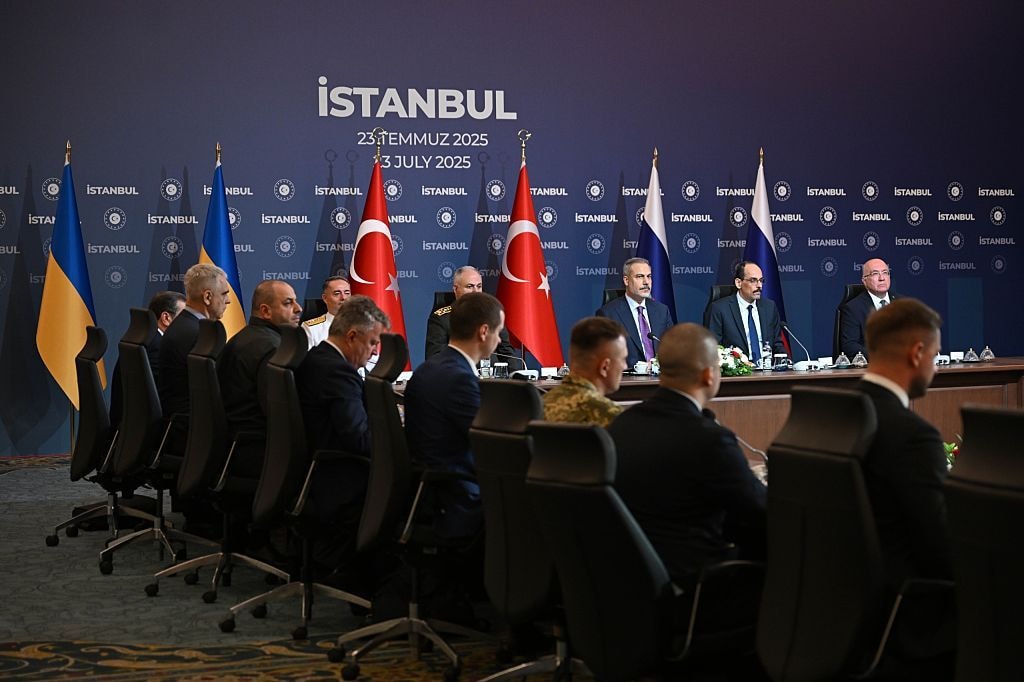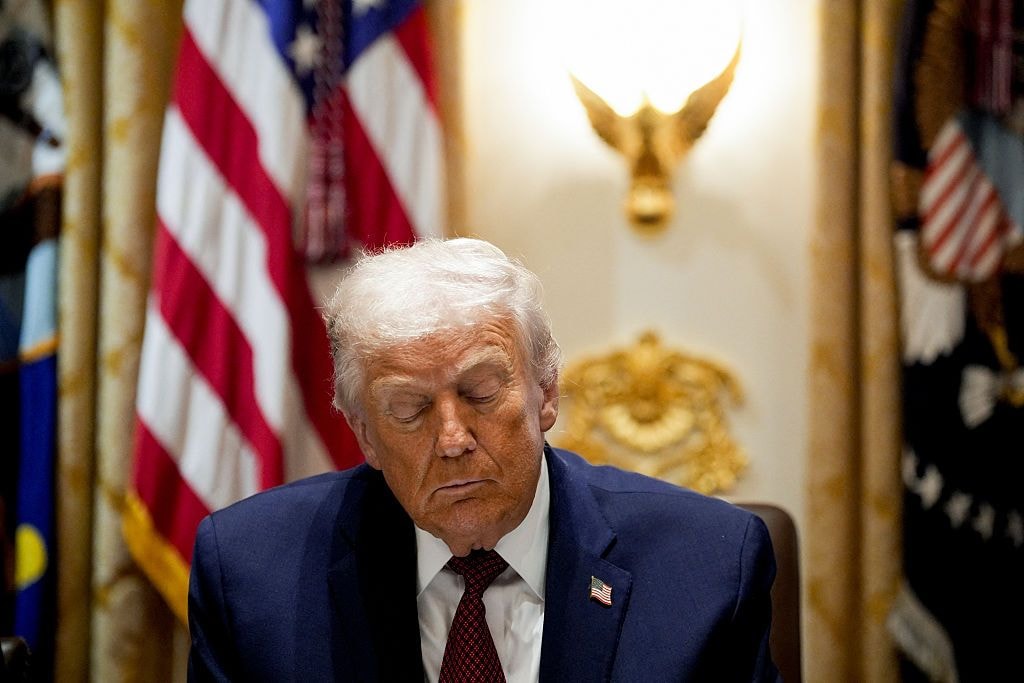
Marco Rubio's stance on Russia's war in Ukraine — what we know
Donald Trump watches as U.S. Sen. Marco Rubio (R-FL) speaks during a campaign rally at the J.S. Dorton Arena on November 04, 2024 in Raleigh, North Carolina (Chip Somodevilla/Getty Images)
Republican Senator Marco Rubio is likely to be the next U.S. secretary of state, according to reports on Nov. 12 that mark the latest insight into how President-elect Donald Trump's White House will approach Russia's war in Ukraine.
Trump, leader of the Republican party who was elected president on Nov. 5 in a race where he beat Vice President Kamala Harris as the Democratic nominee, has repeatedly promised to end the war "in 24 hours.”
Though Trump hasn't yet elaborated on his plan, it is expected to involve Ukraine ceding land to Russia or agreeing to a ceasefire and freeze of front-line positions, with Russia holding on to some 20 percent of Ukrainian territory.
If appointed, Rubio would be the U.S.' top diplomat, at the forefront of any peace negotiations between Kyiv and Moscow.
Who is Marco Rubio?
Rubio, 53, is a Republican senator from Florida. The son of Cuban immigrants, he would be the first Latino U.S. secretary of state.
Rubio ran for the Republican nomination for U.S. president in 2016 but lost out to Trump after a heated, and at times bitter contest. During one campaign event, Rubio mocked Trump’s “small hands.”
Despite the rivalry at the time, Rubio went on to endorse Trump in 2016, albeit in not the most convincing of terms.
“I disagree with him on many things, but I disagree with his opponent on virtually everything. I wish we had better choices for president,” he said.
He endorsed Trump once again in 2024.
How important is Trump’s choice of secretary of state for Ukraine?
Very. The secretary of state job is the U.S.' top diplomatic position, and the person in this role is responsible for "carrying out the president's foreign policy decisions and advising the president on issues of international concern," according to the National Museum of American Diplomacy.
Rubio stands to replace Antony Blinken, who, in the administration of outgoing U.S. President Joe Biden, has played a leading role in U.S.-Ukraine relations throughout Russia's full-scale invasion launched in early 2022.
It was Blinken, along with his British counterpart David Lammy, who in September first received President Volodymyr Zelensky's detailed account of why Ukraine needs permission to strike targets deep inside Russia using Western missiles.
Blinken has made numerous important announcements regarding Ukraine, including humanitarian assistance from the U.S., the provision of air defenses, and F-16 fighter jets. He has also made numerous trips to Kyiv during Russia’s full-blown war against Ukraine.
While on the job, Blinken has been largely supportive of Ukraine and of providing Kyiv with what is needed to fight back against Russia's invasion. Judging by his recent comments, Rubio is expected to take a more nuanced position that is tweaked to Trump’s stance.

What has Rubio said about Ukraine?
Rubio's public statements on Ukraine appear to be very much in line with Trump's broad plans for the war — a swift end to it.
On the campaign trail, Trump has repeatedly said he could end Russia's war within 24 hours if elected president, without elaborating on how he plans to achieve it.
Rubio's statements and actions have been very much geared towards negotiation and an end to the war rather than giving Ukraine what it needs to evict Russian forces from its territory.
Rubio was among the 15 Republican lawmakers in the Senate who voted against the $61 billion military aid package for Ukraine, which eventually passed in April 2024. Its delay severely hampered Ukraine's fight against Russian forces.
"I think the Ukrainians have been incredibly brave and strong in standing up to Russia," Rubio said on Nov. 6.
"But at the end of the day, what we are funding here is a stalemate war, and it needs to be brought to a conclusion, or that country is going to be set back 100 years."
In September, he insisted he was "not on Russia’s side" but that the "reality of it is that the way the war in Ukraine is going to end is with a negotiated settlement."
"I would be comfortable with a deal that ends these hostilities and that I think is favorable to Ukraine, meaning that they have their own sovereignty, that they don’t become a satellite state or a puppet state that is constantly held hostage by the Russians. I’m not going to prejudge any agreement."
What might this peace deal look like in reality?
It's too early to say what sort of peace deal Trump's new administration will pursue and be able to forge, but some reports in recent months have provided clues.
The latest report came last month when the Financial Times, citing its sources close to Trump's team, reported that he planned to freeze the war.
According to the paper, Vice President-elect J.D. Vance, in September outlined the idea of freezing the war by establishing autonomous regions on both sides of the demilitarized zone and leaving Ukraine outside the NATO military alliance.
According to one of Trump's longtime advisors, the new plan would rethink the failed Minsk agreements of 2014 and 2015, which were never implemented.
The agreements contained a plan that would create temporarily autonomous zones in Russian-occupied parts of Donetsk and Luhansk oblasts which would later be fully reintegrated with the rest of Ukraine. Occupied Crimea was not mentioned in the Minsk agreements.
In July, Politico reported that Trump was reportedly considering the possibility of making a deal with Russia to block the future NATO accession of certain countries, namely Ukraine and Georgia.
One of the sources told Politico that Trump "would be open to something foreclosing NATO expansion and not going back to the 1991 borders for Ukraine.
Zelensky and other Ukrainian officials have pushed back against the notion of any sort of ceasefire that would cement Russia's battlefield gains.
“When (Putin) gains strength, he might issue an ultimatum – to recognize all occupied territories, to stay out of NATO, to forget about European integration,” Zelensky said in June."
And there will be many such conditions, depending on how strong (Putin) is at that moment. Therefore, a ceasefire is a trap,” Zelensky added.










